Coffee beans with frighteningly high altitude but low price-Colombian Coca Cup bidding beans
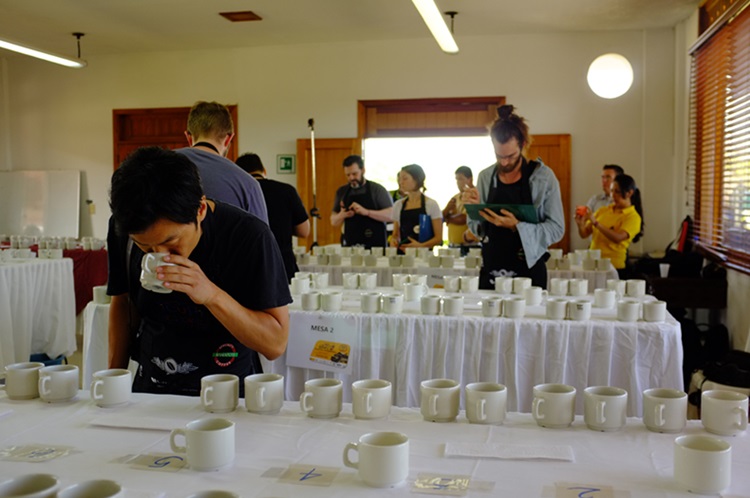
Professional barista communication, please pay attention to coffee workshop (Weixin Official Accounts cafe_style)
Colombia Cauca Excellence Cup Pindamo Competition Bean with Super High CP Value
In addition to our usual national competitions, such as Panama's Best of Panama or the COE Cup of Excellence held in Central and South America, some regions also hold regional competitions.
These regional competitions can be regarded as minor league competitions before going to national competitions. Although they are regional competitions, they can also meet super stars of tomorrow. At this time, they can often be purchased at very beautiful prices and enjoy very good value flavor!
Today's recommended Colombia's Cauca Cup Excellence Cup competition batch beans, there is this characteristic!
Coming from Cauca, Colombia, this place has always been one of our special attention areas; unique planting environment, very potential. And the beans in this competition were really amazing!
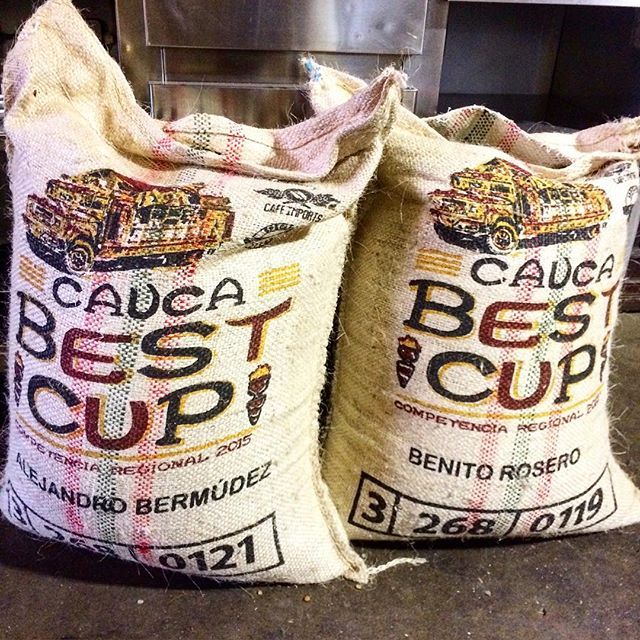
Start sharing, let's introduce Colombia's powerful Cauca Best Cup!
Cauca is actually one of the most suitable coffee growing areas in Colombia; located in the southwest of Colombia, coffee cultivation is distributed in the high altitude areas of 29 administrative districts, up to 1758 meters to 2100 meters, super high! Brazil is 1200 meters tall.
Cauca's climate, rainy season, volcanic soil and other conditions are very suitable for coffee cultivation. High sunshine intensity and low rainfall, coinciding with the flowering season (July-August), just outside the equatorial calm zone, provide favorable flowering conditions for coffee trees.
The regular rainfall cycle, with the dry season in August-September followed by the rainy season, immediately provides favorable fruiting factors for coffee trees, further contributing to concentrated harvesting in the first quarter of the following year.
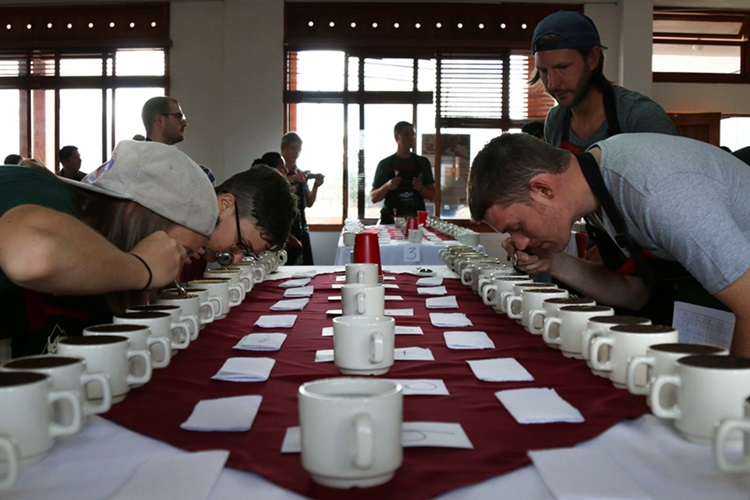
Compared to other coffee-growing regions in Colombia, Cauca has more variability in daytime temperatures. The average daily temperature is as low as 11 degrees Celsius, and the average temperature during the day is 18 degrees Celsius (4 degrees Celsius at night). The sharp temperature difference between day and night, it is difficult for people to survive, but it is very helpful for coffee beans, not only can slow down the growth rate of coffee beans, so that coffee beans can absorb more nutrients before ripening, but also can improve the acidity and give special sweetness, so that the flavor of coffee beans has more layers.
Although Cauca is one of the most popular regions for COE Excellence Cup, it is not as well known as other provinces, so since 2014, there have been competitions such as Cauca Best Cup, organized by famous American traders, local exporters and Colombia Coffee Association. About 200 samples were received for the first edition of the Cup of Excellence in 2014, and more than twice as many in 2015. About 500 small farmers competed for the competition, and the organizers selected the top 30 samples from more than 500 samples, and then the final top 12 were selected by an international jury cup. On the last day of the event, green bean merchants and bakers from all over the world participated in the Cup.
Competitions such as the Cauca Cup are actually helpful. Not only does it increase the income of small farmers and give them the opportunity to improve their living conditions, but it also makes them more willing to invest and improve in coffee cultivation and production to produce higher quality coffee.
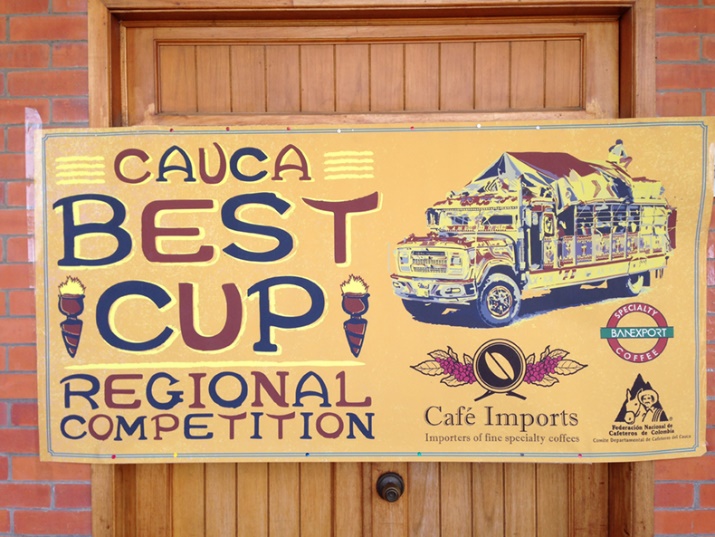
And this time, the test card Excellence Cup campaign batch, among which the most amazing is the 10th batch of Pindamo! We took a medium light roast and got a rich aroma of toffee and hazelnut chocolate, thinking we were going for a strong cup of hot cocoa, but it turned out to be a fragrant cheese! The strong contrast between rich and sweet is instantly released on the taste buds. The sweet grapefruit has a clean and bright acid value, but the sweet and juicy taste is still eye-catching. Add ice and it becomes a refreshing grapefruit ginger juice!
Important Notice :
前街咖啡 FrontStreet Coffee has moved to new addredd:
FrontStreet Coffee Address: 315,Donghua East Road,GuangZhou
Tel:020 38364473
- Prev

Is there a G1 grade for the Ethiopian sun grading? Is there a G1 grade only for washing?
Professional barista communication Please follow the coffee workshop (Wechat official account cafe_style) do you know the coffee grading in Ethiopia, only the washing treatment can have G1 at the earliest? But how do you see more and more people selling Ethiopian suntan G1 coffee beans now? First of all, let's take a look at the grading of Ethiopian coffee beans. In the ECX trading system
- Next
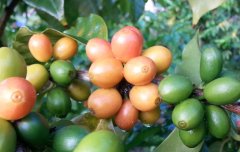
An introduction to the Origin and Development of Rosa Coffee
The species of Geisha was discovered in the Rose Summer Forest of Ethiopia in 1931 and sent to the Coffee Institute in Kenya; it was introduced to Uganda and Tanzania in 1936, in Costa Rica in 1953, and Panama was introduced in the 1970s by Francesca of Dongba Seven Farm Garden. Mr. Serraxin got the seeds from CATIE, Costa Rica, and started growing Rosa Coffee.
Related
- Detailed explanation of Jadeite planting Land in Panamanian Jadeite Manor introduction to the grading system of Jadeite competitive bidding, Red bid, Green bid and Rose Summer
- Story of Coffee planting in Brenka region of Costa Rica Stonehenge Manor anaerobic heavy honey treatment of flavor mouth
- What's on the barrel of Blue Mountain Coffee beans?
- Can American coffee also pull flowers? How to use hot American style to pull out a good-looking pattern?
- Can you make a cold extract with coffee beans? What is the right proportion for cold-extracted coffee formula?
- Indonesian PWN Gold Mandrine Coffee Origin Features Flavor How to Chong? Mandolin coffee is American.
- A brief introduction to the flavor characteristics of Brazilian yellow bourbon coffee beans
- What is the effect of different water quality on the flavor of cold-extracted coffee? What kind of water is best for brewing coffee?
- Why do you think of Rose Summer whenever you mention Panamanian coffee?
- Introduction to the characteristics of authentic blue mountain coffee bean producing areas? What is the CIB Coffee Authority in Jamaica?

